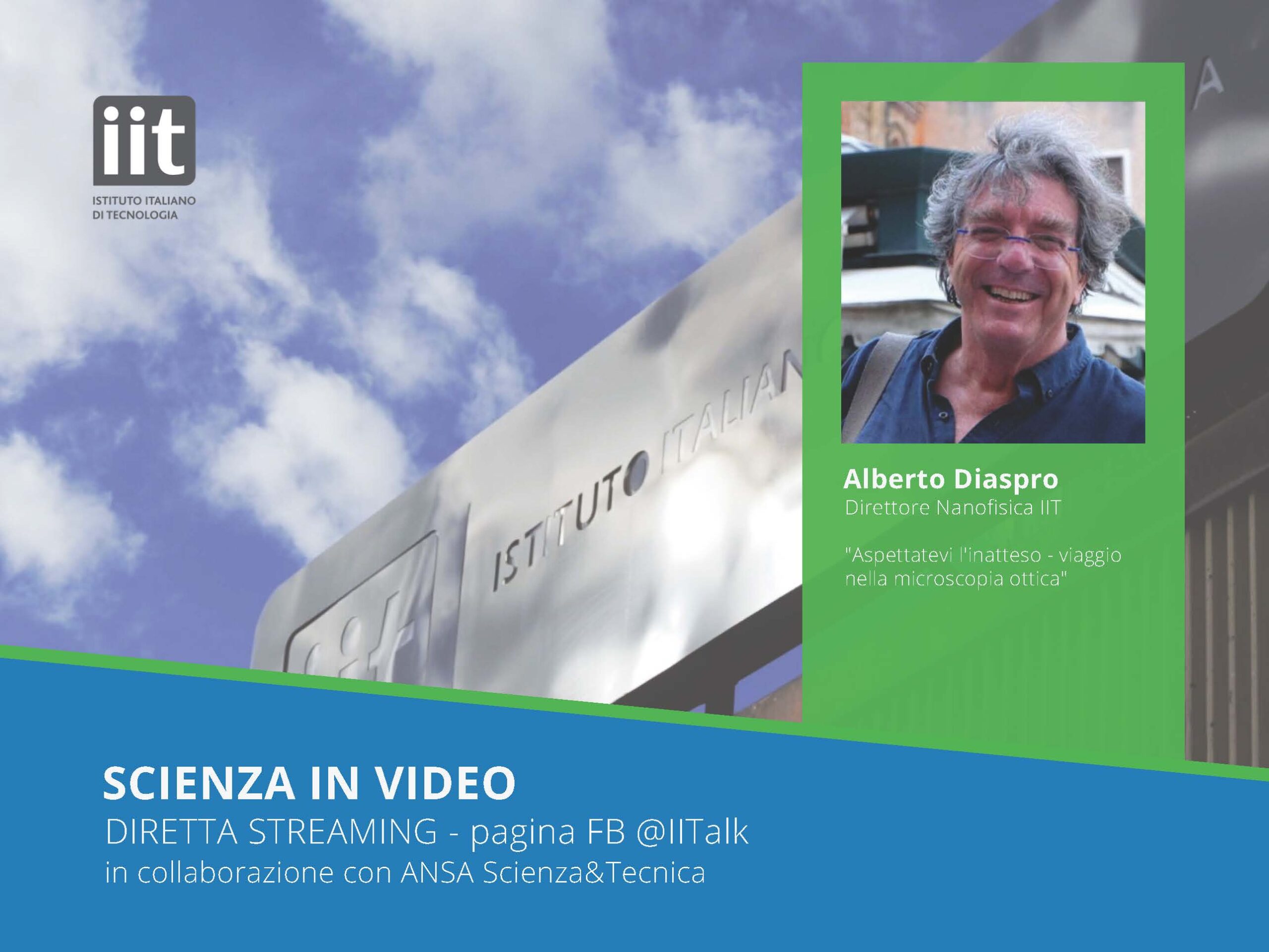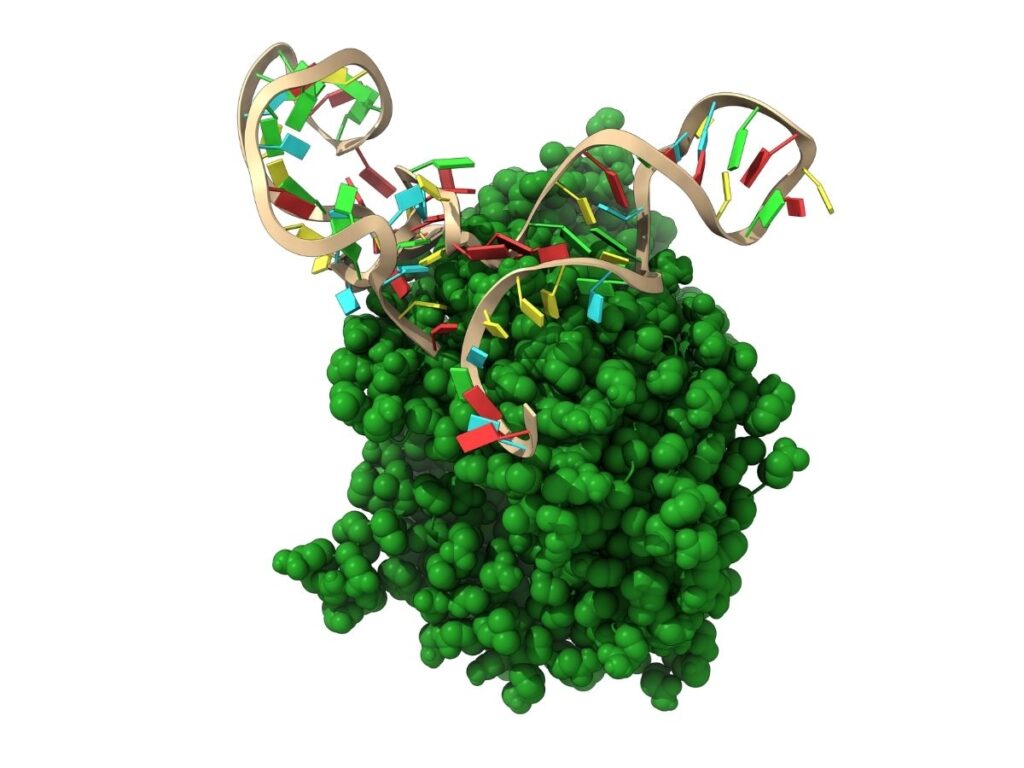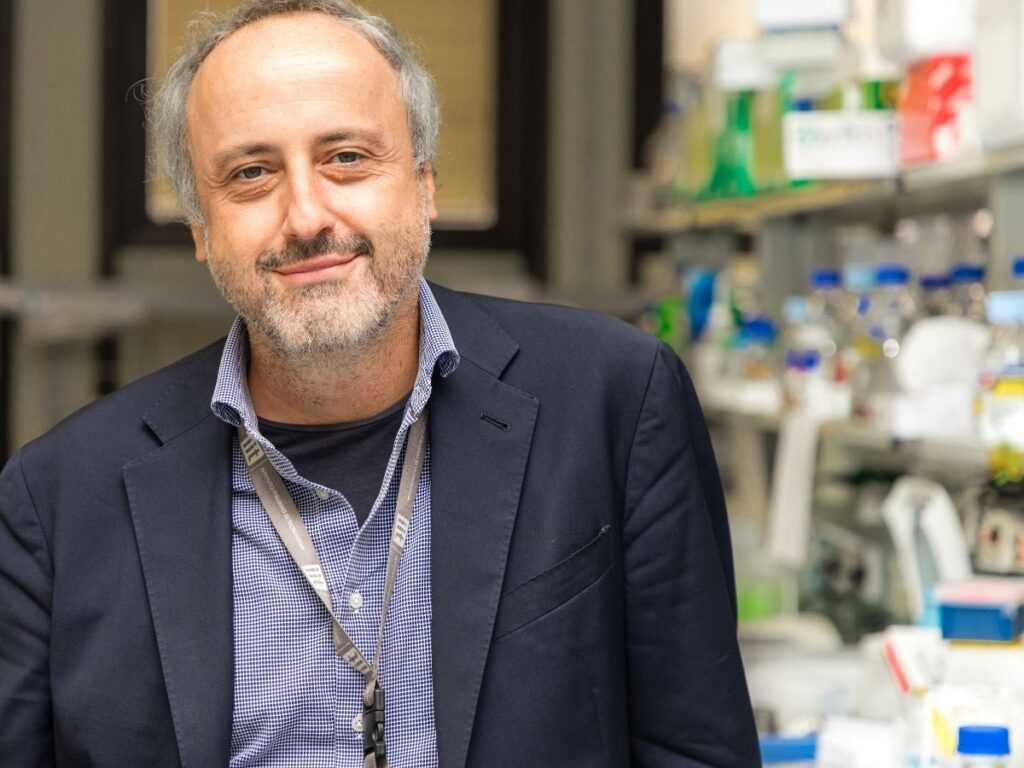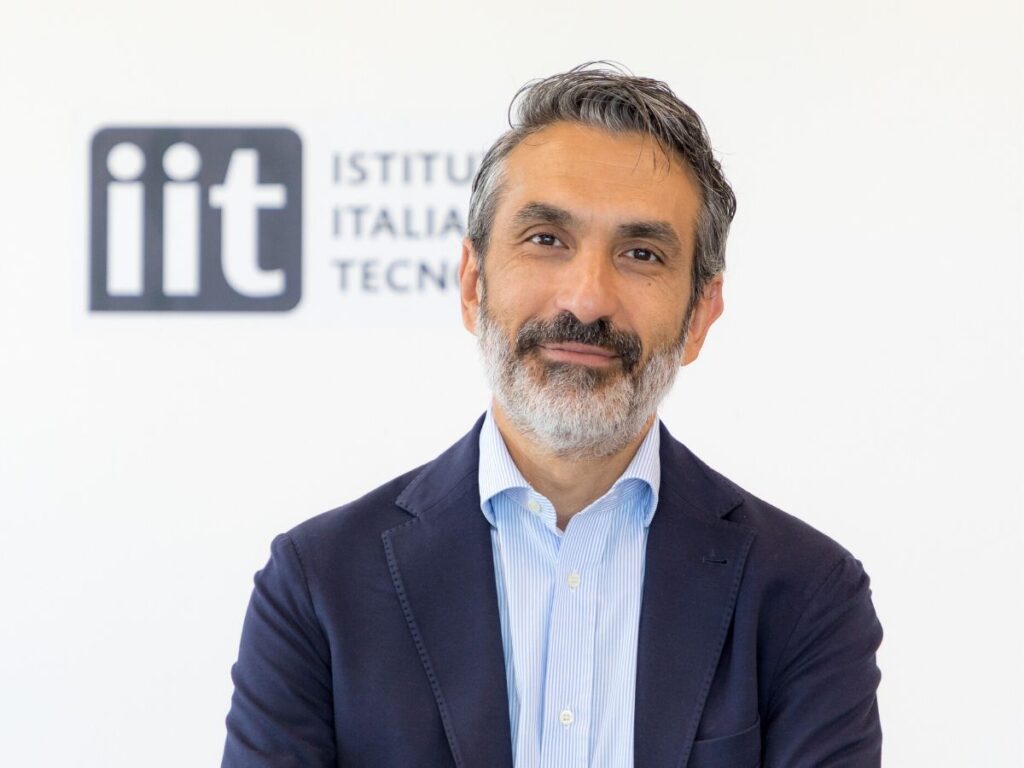“Expect the unexpected, a journey into optical microscopy”, e-learning and cultural insights in the Covid-19 era
Today “expect the unexpected” has a particular significance. Expect to see what your eyes do not see in the age of multi-messenger microscopy. Multi-messenger optical microscopy that is done with a piece of glass and the light of the rainbow. A dew drop on a leaf makes it easier to see its veins, but you will not manage to see the coronavirus in those droplets that are released with a simple sneeze! It is a question of dimensions. Allow me to use the nanometre scale, the billionth of a metre, ten thousand times smaller than that strand of hair that you can see. The coronavirus has a diameter of about 80-120 nanometres and our eyes…..remember the ruler at school? Our eyes are able to see separation distances of about one-tenth of a millimetre, 100,000 nanometres. The proteins are “large” at 5 nanometres, while DNA, clustered for about two metres in each of our cells, is 2 nanometres “wide”. Now, the optical microscope, for a precise combination of the laws of physics, makes it possible for us to observe details of approximately 200 nanometres. How confusing! Not at all. It means that, until recently, we could not see the virus or DNA either with our eyes or with an optical microscope. Today, we have an optical microscope which, with a simple turn of a knob, as if it were a transistor radio, allows us to observe living organisms to an unlimited detail. Without violating the laws of physics! How is this possible? We used the idea of the Frenchman Giuliano Toraldo who, in 1949, invented the term ‘super resolution’, an absolute super view, which in 2014 was awarded the Nobel Prize due to the vision of three brilliant microscopists: William E. Moerner, Eric Betzig and Stefan W.Hell. The contrast mechanism uses the properties of matter which enabled Michelangelo to make the Virgin Mary’s veil on his fresco in the Sistine Chapel unique and unforgettable. It is called fluorescence. The light of the rainbow illuminates the details we want to observe and these shine with intense and vibrant light to be recognised. We get the unlimited detail by exploiting the times and ways with which this brilliant light is emitted. We use it point by point to build our pointillist picture made up of proteins and DNA in cells or viruses. To get around the limits of physics, we ask the molecules to send messages a little at a time or we try to squeeze the light they send us just like when we squint behind the fist of our hand to see better. This is where we can rewrite textbooks and try to understand, molecule by molecule, what it means to deal with a cancerous cell or a neurodegenerative disease. Yes … just by looking. Each time we illuminate the matter, we receive tons of luminous, fluorescent and simpler messages of reflected light and, by putting it together point by point in our image, we can see what our eyes are unable to see. Expect the unexpected from these observations!





